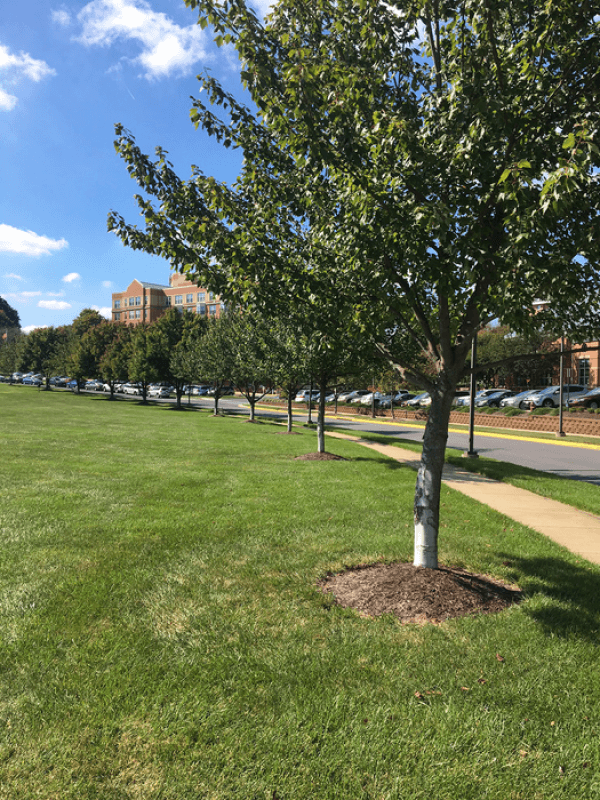s the global climate change conversation intensifies and nations look to minimize environmental impacts in their own backyards, nature-based solutions are garnering new levels of interest. Trees are widely recognized for their role in sequestering carbon, and capturing and storing rainfall in their canopy to manage stormwater runoff, but to date there has been minimal research and clarity around how urban forests in particular can be used as practical stormwater management tools. Members of the academic community speculate that urban trees can help mitigate stormwater flows, but the actual amount of stormwater that trees remove through functions like transpiration, infiltration, and storage is not well established. To address this gap, University of Maryland researchers have conducted an empirical field study and concluded that single urban trees, such as street trees, function differently than trees grown in clusters featuring significantly greater transpiration rates. This result offers a new understanding of how to manage the landscape in urban settings to reduce the harmful effects of stormwater runoff.
The findings are published in Scientific Reports, with authorship from Mitch Pavao-Zuckerman and Sarah Ponte in UMD’s Department of Environmental Science and Technology in partnership with the Center for Watershed Protection and the United States Forest Service.
“This work is important because urban trees are increasingly being considered as a stormwater management practice, but we don’t have much information about how trees function in different parts of the landscape,” explains Deb Caraco, senior watershed engineer with the Center for Watershed Protection. “Quantifying the impacts of urban trees affect different parts of the water balance, such as the evapotranspiration component discussed in Mitch and Sarah’s paper, gives us a better understanding of the benefits of urban trees, and knowing where and how to plant and preserve them to achieve the greatest benefit.”
Read more at: University of Maryland
Project Field State (Photo Credit: Tuana Phillips)


